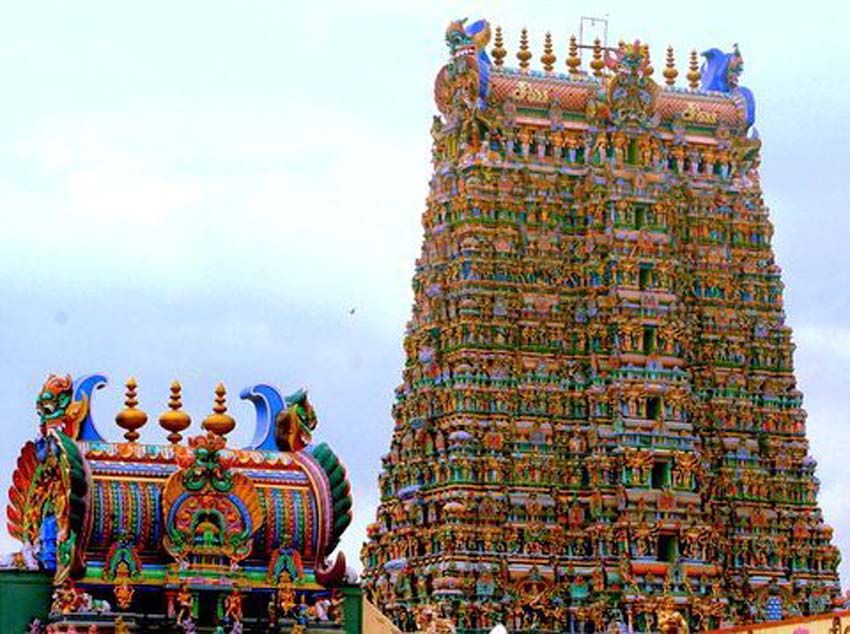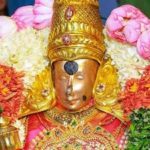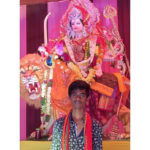
Today Open now UTC+5.5
05:00 AM - 12:30 PM
04:00 PM - 10:00 PM
-
Monday
05:00 AM - 12:30 PM 04:00 PM - 10:00 PM
-
Tuesday
05:00 AM - 12:30 PM 04:00 PM - 10:00 PM
-
Wednesday
05:00 AM - 12:30 PM 04:00 PM - 10:00 PM
-
Thursday
05:00 AM - 12:30 PM 04:00 PM - 10:00 PM
-
Friday
05:00 AM - 12:30 PM 04:00 PM - 10:00 PM
-
Saturday
05:00 AM - 12:30 PM 04:00 PM - 10:00 PM
-
Sunday
05:00 AM - 12:30 PM 04:00 PM - 10:00 PM



